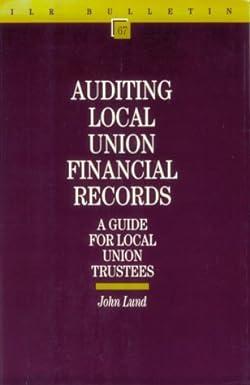Question
Pretend you graze sheep on the same land with 9 other farmers. You sell each sheep at the end of the summer for $10 each.
Pretend you graze sheep on the same land with 9 other farmers. You sell each sheep at the end of the summer for $10 each. Each farmer (including you) has 10 sheep (total of 100 sheep). So each farmer makes a total profit of $100. Each sheep that is added above the existing 100 makes all the other sheep thinner and reduces the price of each sheep by $0.20. For example, when 1 extra sheep is added each sheep is worth $0.20 less ($9.80) and when 2 extra sheep are added each sheep is worth $0.40 less ($9.60). How do your profits change if you add 5 extra sheep? ($10 - (5*$0.20)) = $9.00 new price per sheep... you have 15 sheep for a total profit of $135. Good for you! How do your profits change if you keep 10 sheep, but one of your neighbors adds 5 extra sheep? ($10 - (5*$0.20)) = $9.00 new price per sheep... you have 10 sheep for a total profit of $90. Not so good for you! What is your profit if you and the other 9 farmers each add 5 extra sheep? ($10 - (50*$0.20)) = $0 new price per sheep...total profit for all farmers is $0. Not good for anybody!! The following questions are about reducing the Tragedy of the Commons. List three strategies that could be used by an individual farmer to reduce their risk of losing money. Explain how each strategy reduces their risk.
Step by Step Solution
There are 3 Steps involved in it
Step: 1

Get Instant Access to Expert-Tailored Solutions
See step-by-step solutions with expert insights and AI powered tools for academic success
Step: 2

Step: 3

Ace Your Homework with AI
Get the answers you need in no time with our AI-driven, step-by-step assistance
Get Started


